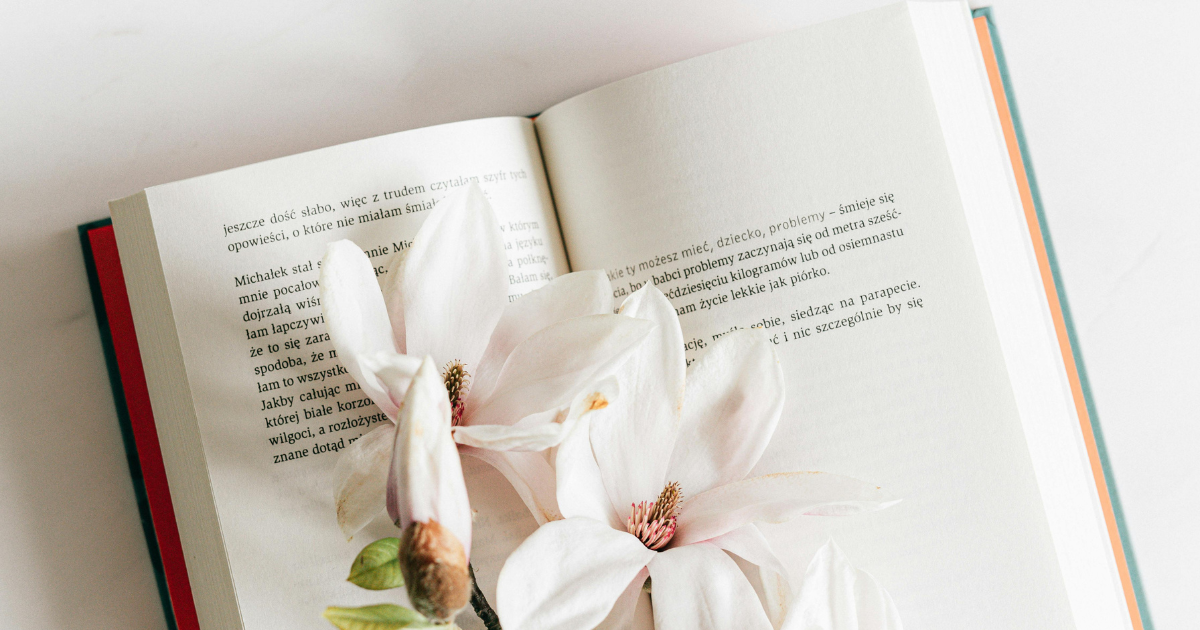Architecture Inspired by the Future
Премия Me’mor//2025 вышла на международный уровень
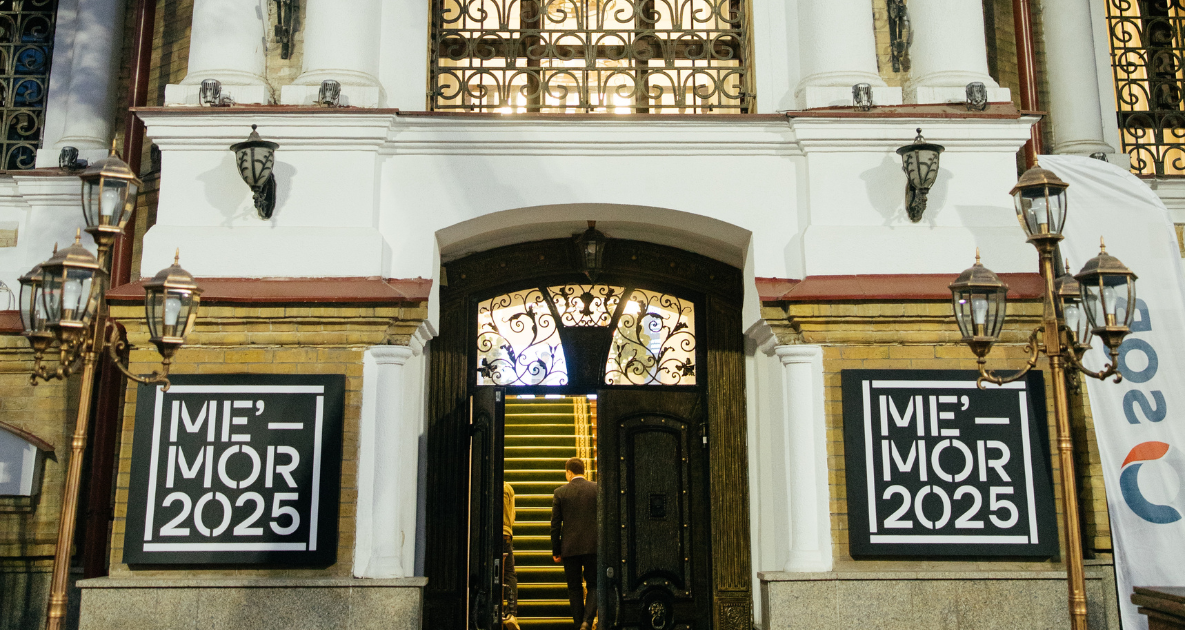
In the first evenings of October, Tashkent seemed to pause between eras. Beneath the arches of a building constructed in 1895 — the first bank of the Turkestan region, now a branch of SQB — architects, designers, journalists, and guests from across the region gathered. In this space where history meets modernity, the award ceremony for the laureates of the 4th Me’mor//2025 Architecture Prize took place — an event that has confidently secured its place in the cultural landscape of Central Asia.
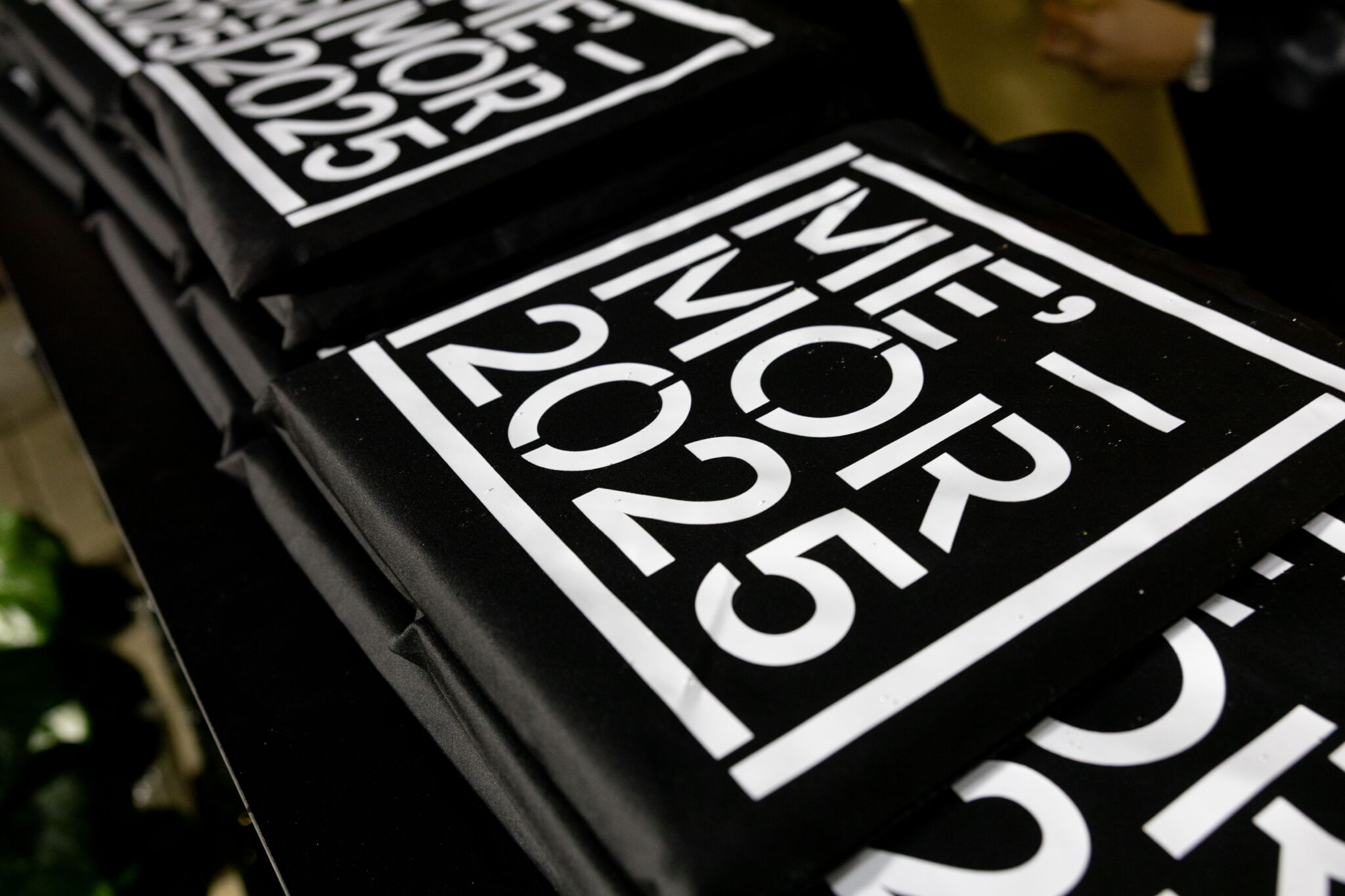
This season was particularly special for Me’mor: for the first time, the prize expanded to an international level, bringing together participants from Uzbekistan, Ukraine, and Georgia. The award was organized by KNAUF, with the Association of Young Architects of Uzbekistan as the season’s partner. Today, Me’mor should be seen not only as a competition but as an open professional platform where ideas of sustainable architecture are born, new aesthetic directions are shaped, and dialogue between tradition and innovation is built.
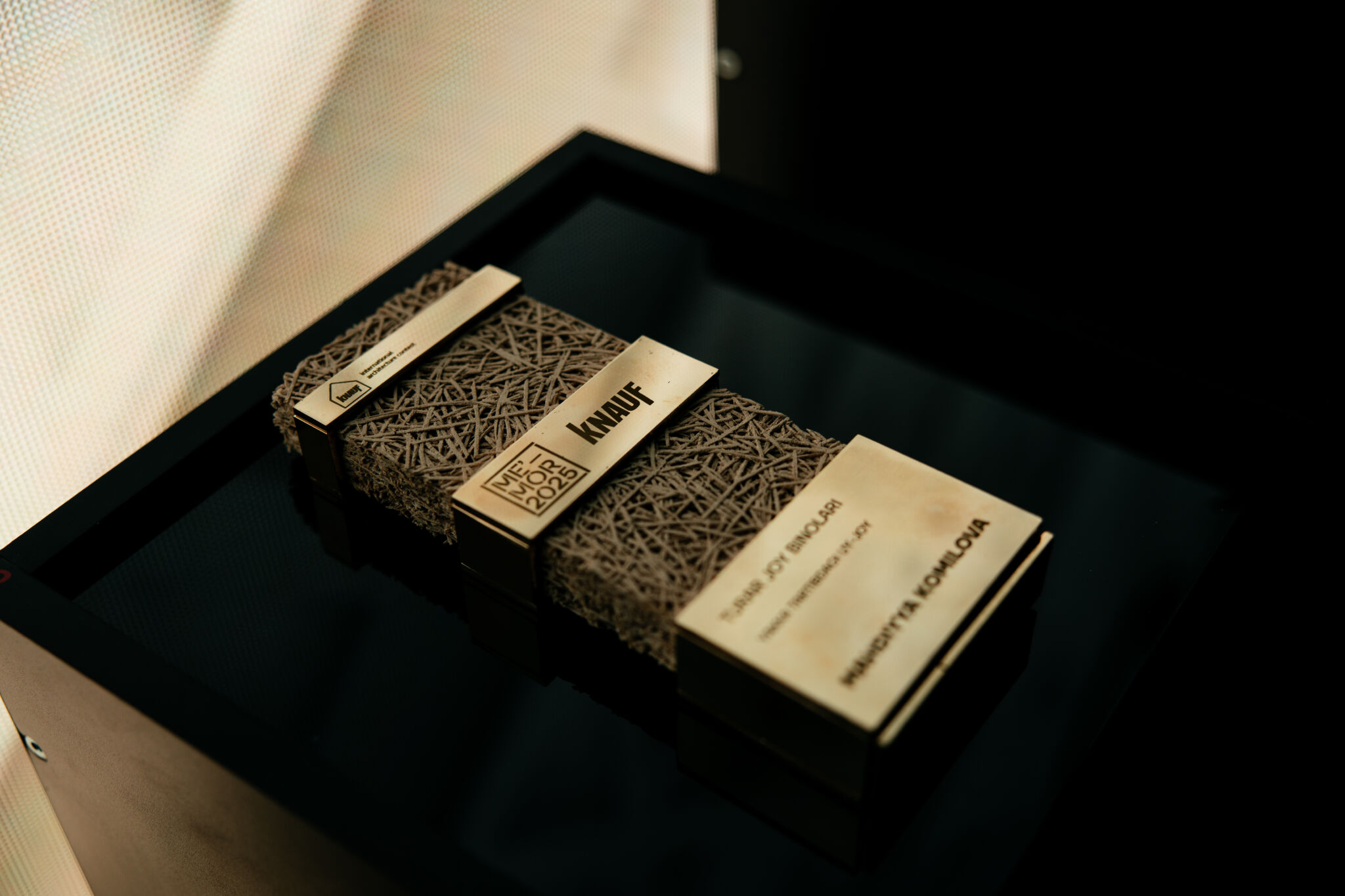
More than 100 projects were submitted for the award, reflecting the scale and diversity of contemporary architectural thought in the region — from private and public buildings to interior design solutions, urban concepts, and journalistic works about architecture and the urban environment. The shortlist included 73 professional works, 23 student projects, and 5 journalistic materials.
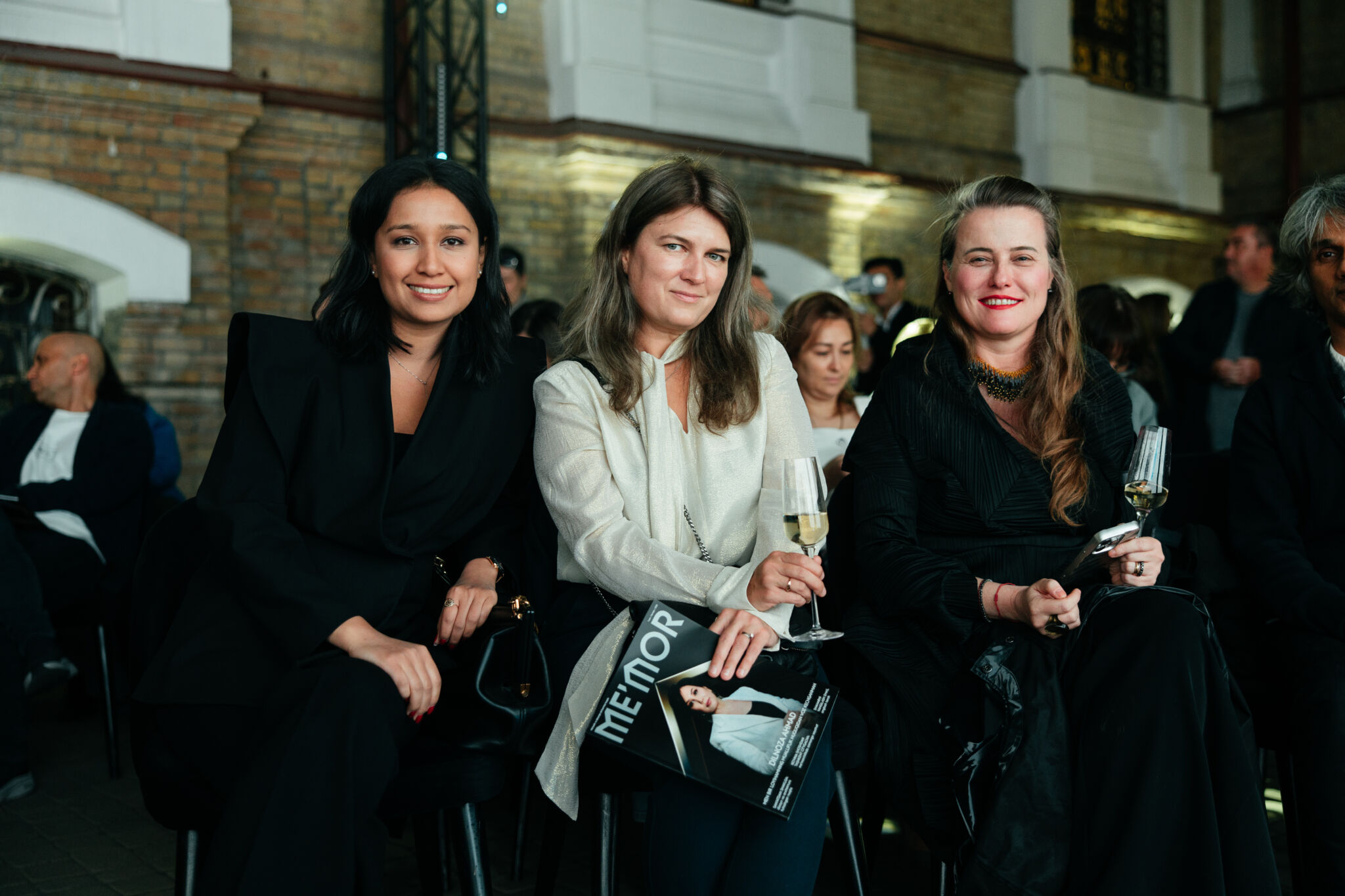
The entries were evaluated by an international jury featuring architects from Zaha Hadid Architects, Orange Architects, and MAA, as well as Tom Ravenscroft, editor-in-chief of Dezeen. The evaluation criteria went beyond aesthetics to include contextual awareness, sustainability, functionality, and creativity.
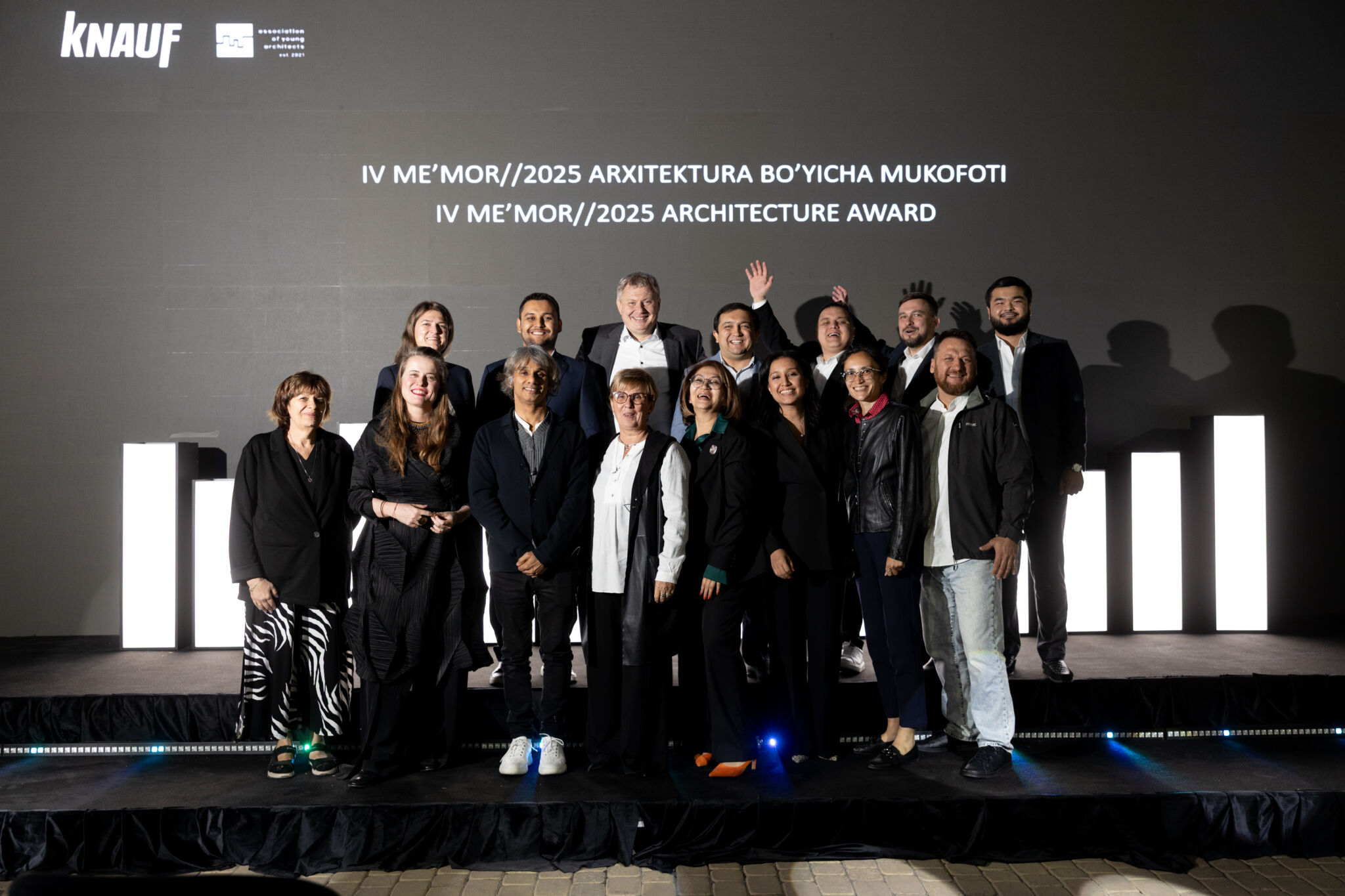
Among the winners were projects where form and meaning resonate in harmony:
Terracotta Pavilion House (Georgia), with its warm clay texture and soft plasticity of form;
Restaurant Quadro and Dildora Kasimova Showroom (Uzbekistan), where national motifs acquire a contemporary interpretation; and Oril Resort, a project by the Ukrainian studio ROAD Architects, which explores architecture as a language of interaction between humans and nature.
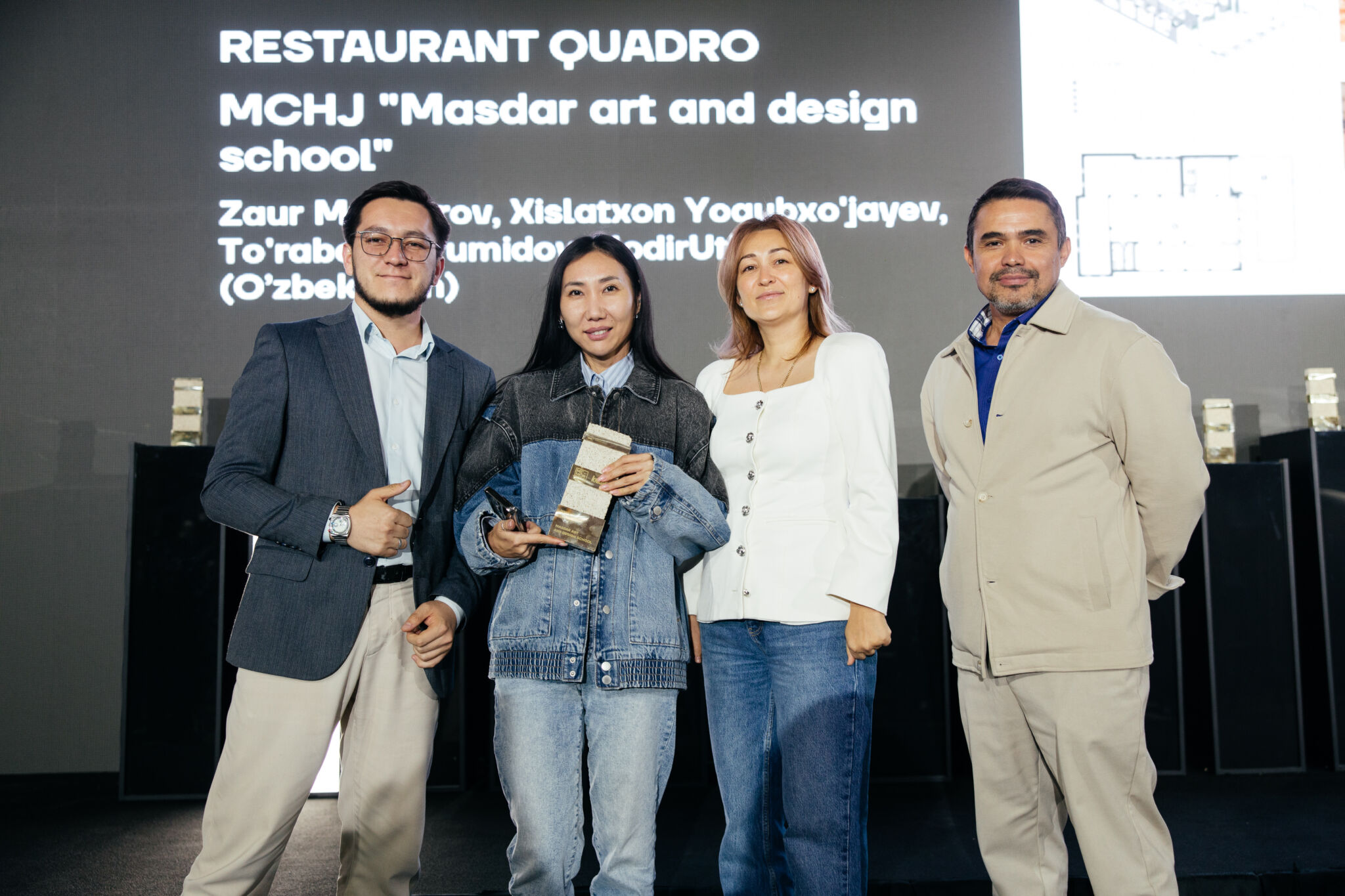
In the “KNAUF. Interior+” competition, the main student prize went to the project HARMONY IN CONTRAST, created by young authors from Kimyo International University in Tashkent. The E’TIROF (“Recognition”) special award was presented as a mark of respect to the masters who have shaped the architectural identity of Uzbekistan — Alexander Kuranov and Bakhtiyor Magdiyev.
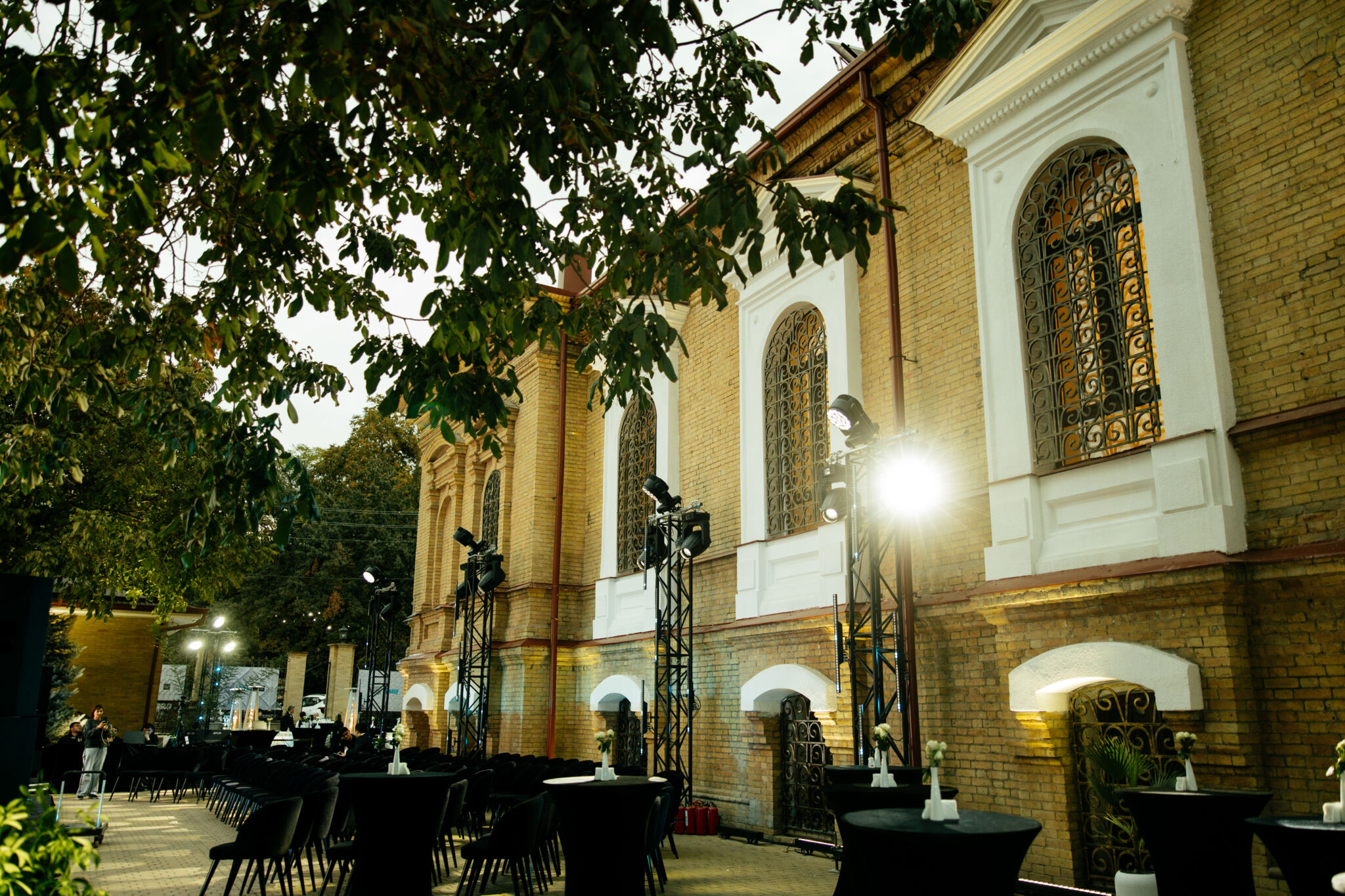
“Me’mor is a tool for professional growth, a stimulus to think on a larger scale and to work with respect for context,”
says Takhmina Turdialieva, Chairwoman of the Association of Young Architects of Uzbekistan.
“We are building a culture of design solutions that transform the appearance of cities — consciously and beautifully.”
Starting from October 3, the finalist works are on public display at the Tashkent Institute of Architecture and Civil Engineering. It’s an invitation to witness what the future of regional architecture might look like — vibrant, bold, and inspiring.

And finally, a short yet meaningful piece of advice from Melike Altınışık, architect and chair of the Me’mor//2025 jury, for those who plan to take part next year:
“I would advise young architects to keep participating. I always believe in the power of competitions. They are spaces where you can share your ideas and showcase your work.
Whether you win or not doesn’t matter — what matters is being part of the journey. Every competition is an experience, a story of your professional growth.
We’ve taken part in hundreds of competitions — some we won, some we didn’t — but none were ever truly lost; each became part of our portfolio.”
Photo: Tatyana Soldatova
